Easter weekend is finally here. Whether you plan on indulging in chocolate eggs and hot-cross buns (or not), the current moment is really an ideal time for pondering. The notions of suffering and loss seem very close at the moment. Good Friday is a particularly profound day for quiet reflection. Along with recommended listening, I suggest spending the day with hot tea, soft light, and a bit of reading.
Realities
First up: the UK Musicians’ Census reveals the extent of gender inequity in the British classical music scene. Surveying 6,000 UK musicians, the findings are not surprising but they are depressing. The acknowledgement of ageism is certainly interesting (I’d like a more extensive study focused on Europe as a whole), and the results around financial realities for women are equally pointed. As The Strad reported (March 27):
The average annual income for a female musician was found to be £19,850, compared to £21,750 for men – meaning women earn nearly a tenth less.
Women also only make up just 19 per cent of the highest income bracket of those earning £70,000 or more from music each year. […] The data on the pay gap comes despite the fact that women musicians are qualified to a higher level than men.
This lack of balance was addressed recently by bass baritone Sam Taskinen in conversation with Van Musik‘s Anna Schors (March 27), in which the singer shares her challenges within the opera world as a trans person. Along with exploring aspects of vocal technique and auditions, Taskinen states that what is really needed within the industry is “many more women in leadership positions at the opera houses. In the artistic directorate, as general music directors”, adding that “we need a much greater diversity of people who have responsibility behind the scenes. The problem is not so much that those responsible have no good will. It’s just that some of them have a lot of blind spots.” This reminds me very much of what tenor Russell Thomas said in an interview with me in 2019, that meaningful change within the industry will only happen off stage and within administration; that what is seen onstage is often mere optics, with little if any meaningful transformation powering it.
Report on Business editor Dawn Calleja added meaningful context to this idea of change-through-management in a recent feature for The Globe and Mail (March 28) in which she updated a story she’d done on retail giant Aritzia, and their own challenges in terms of diversity and leadership:
One woman succeeding at an organization does not automatically mean it is welcoming to and respectful of all women.
And that’s the problem with today’s diversity discourse. Sometimes we can get lost in the data and forget the most important part: making sure women and people of colour stick around, and are given the chance to participate fully in and contribute to the corporate culture. Hiring, in other words, is just the start of the journey.
Ruminations
Reading these items I was reminded once again of composer/writer Moritz Eggert’s recent post for NMZ’s Bad Blog Of Musick (March 13), in which he mused on the challenges of cultural presentation in 2024. Opera/classical leadership is trying to navigate a range of pressing issues, including diversity and access, both onstage and off. Eggert uses the mythological figures of Scylla and Charybdis to explore arguments made by the political left and right around creativity and its manifestations, particularly within the operatic realm. Using various readings of the 1978 film Invasion Of The Body Snatchers, Eggert writes that “It is precisely this openness to interpretation and multiple readability that makes great works of art.”
I agree with much of what he writes, but I am still very unsure as to whether or not the sides to which the author refers are actually equal. Whenever I hear (or read) the phrase “artistic freedom” I also sometimes hear (see) “financial incentivization” and/or “unquestioned validation”. Imagining a work which sits outside the realm of one’s immediate knowability raises important questions as to how much of gender, race, spirituality, and nationalistic identity are individually or collectively used as exoticized costuming as opposed to actual reality. Can creators grasp lived experienced through an imagination which has been wholly shaped by their own immediate socio-cultural worldview? Should they try to? Should audiences be asked to go with them? And – crucially – should artists be officially funded for that pursuit? Should audiences pay for it? Or should there be outright denial across the board? Who decides? And in whose interests?
Natasha Tripney, International Editor of The Stage, recently published a fulsome account on various forms of censorship in theatre communities based in Hong Kong, Hungary, Slovakia, the Balkans, and Belarus; if there’s anywhere the (overheated, algorithmically-juiced) term “cancel culture” works, it might well be these places. Her examination has tremendous bearing on the opera world, especially in terms of content and context – the place in which a work is presented, its cultural norms and demographics, are inexorably tied to governing powers and their control of the purse strings. Any contemporary discussion of art and creative freedom, no matter how idealized, which doesn’t mention funding is worth questioning, at the very least.
Speaking of which: many European houses have announced their 2024-2025 seasons and from most indications it looks like Euros will be flying around – and, they clearly hope, through the front doors as well. Opera national de Paris is featuring Offenbach’s Les Brigands as its first new production of the season, led by operetta king Barrie Kosky and conducted by Michele Spotti. Paris’s Opéra Comique has its own fascinating October offering, a staging of Sir George Benjamin’s fairytale-like Picture a day like this, led by the composer himself. Opernhaus Zürich is presenting Leben mit einem Idioten, Alfred Schnittke’s satirical 1992 opera, to be staged by Kirill Serebrennikov and conducted by Jonathan Stockhammer. In November, Dutch National Opera presents Le lacrime di Eros, a very unique-sounding project which will feature both Renaissance and electronic sounds. Romeo Castellucci is director and dramaturg; the work will be led by Raphaël Pichon and include his acclaimed Ensemble & Choeur Pygmalion. Next summer Bayerische Staatsoper presents Fauré’s only opera Pénélope by Andrea Breth and conducted by Susanna Málkki; the work is making its debut with the house, and the premiere on July 18 will be broadcast live on BR Klassik (radio). Also worth noting: new Ring Cycles being set in motion in Munich, Paris (Ludovic Tézier will be their Wotan) and Milan.
Sooner than that: Opernhaus Zürich is presenting two complete Ring Cycles this May, a revival of Andres Homoki’s 2022-2023 stagings and led by house GMD Gianandrea Noseda. Wagner’s super-epic is also currently wrapping up at Berlin’s Staatsoper unter den Linden, also a 2022 presentation, this one by Dmitri Tcherniakov and conducted by Philippe Jordan.
Remembrances
The classical world has lost many greats this month, including Canadian director Michael Cavanagh, who was artistic director of Royal Swedish Opera (RSO). Cavanagh was very beloved in his home country and abroad, with the Manitoba Opera, Vancouver Opera, San Francisco Opera, and RSO all posting tributes to the unique and widely-loved artist, who died on March 13th at the age of 62 . My obituary for The Globe And Mail, featuring quotes from Cavanagh’s family as well as Edmonton Opera artistic director Joel Ivany, is here.
Composer Aribert Reimann passed away on March 13th at the age of 88. His 1978 opera Lear, based on the Shakespearean play, was commissioned by and subsequently premiered at Bayerische Staatsoper; the company posted a beautifully thoughtful tribute at the announcement of his passing. The recording of the work’s premiere, led by Gerd Albrecht and released in 1979 on Deutsche Grammophon, is a cultural touchstone; Dietrich Fischer-Dieskau’s baritone cuts like a knife, delivering the full measure of the work’s tragedy in every careful, anguished note. I spoke with Gerald Finley not long after he’d finished performing the role himself in Salzburg in 2017, and at the time he called it “a fiendishly difficult piece of music”, adding that Fischer-Dieskau’s recording was a real source of inspiration even before he began preparing for the role. (It was Fischer-Dieskau himself who urged the composer to write the work back in 1968). Reimann himself said the opera explores the “isolation of man in total loneliness, exposed to the brutality and questionability of life.”
Composer Peter Eötvös passed away on March 24th at the age of 80. His deep talent for dramatic writing was expressed through his fourteen operas, which include Tri Sestri (Three Sisters), based on Chekhov’s play (1998), Angels in America, based on Tony Kushner’s play (2004), and Love and Other Demons, based on the novel by Gabriel Garcia Marquez (2008), along with Die Tragödie des Teufels, commissioned by and premiered at Bayerische Staatsoper, who posted a remembrance. Eötvös’s 2011 Cello Concerto Grosso really caught my attention – the conversational nature of this piece, the kinetic give-and-take rhythms between soloists and orchestra, is hypnotizing. Eötvös remarked about the work (at his website) that “My concerto is a series of short dance-acts, it well may be that the “last dance” is coming from a traditional Transylvanian culture which is doomed to a slow disappearance….” The work was most recently performed by the Bremen Philharmonic and cellist Sung-Won Yang, and led by conductor Jonathan Stockhammer.
Pianist Maurizio Pollini, who passed away on March 23rd at the age of 82, was known and rightly celebrated for his recordings of Chopin, Beethoven, Prokofiev, Stravinsky, and Schoenberg, and post-modernist composers Boulez, Nono, and Stockhausen. His Deutsche Grammophon recordings of the Beethoven sonatas were so central to my younger, intensely-piano-playing days. I was especially drawn to his 1989 recording of numbers 17, 21, 25, and 26 – the quiet, unshowy poetry; the slow, intense drama; the easy mix of grace and control; the clear sense of line running through and connecting it all. “My feeling is exactly the opposite of controlled,” Pollini told the Chicago Tribune in 2004, in an attempt to bin an undeserved “cold intellectual” label. I returned to those Beethoven recordings (and more besides) at learning news of his passing last weekend. Pollini’s performance of the second movement (Adagio) of Beethoven’s Piano Sonata No. 17 In D Minor, Op. 31, still has the power to make me drop everything and stop, breathe, listen, 35 years after first hearing it.
In closing: New York’s wonderful Rubin Museum is presenting its final exhibition, at least within its physical space on West 17th Street in Manhattan. (It’s about to go digital-only.) Reimagine: Himalayan Art Now, running now through October 6th, explores contemporary art from the region through a variety of media, including sound, sculpture, video, painting, installations, and performance. The exhibition showcases the work of 32 contemporary artists alongside a variety of items from the Rubin’s collection. New and old, engaging in fruitful dialogue; imagine that.
Happy Easter wishes to those celebrating. Remember to use the c-word in your Sunday dinner conversations. (That would be context.)
Top photo: Henri Vidal, Caïn venant de tuer son frère Abel, 1896; Jardin des Tuileries, Paris. Photo: mine. Please do not reproduce without express written permission.

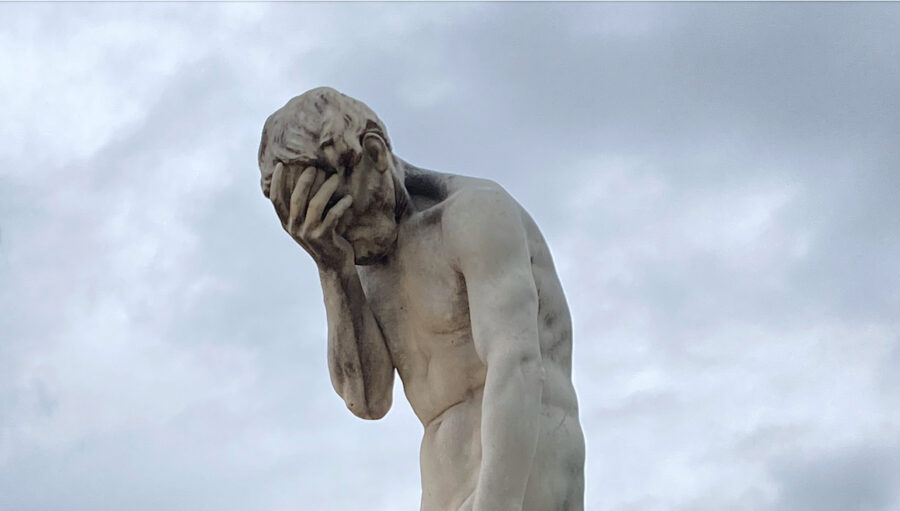
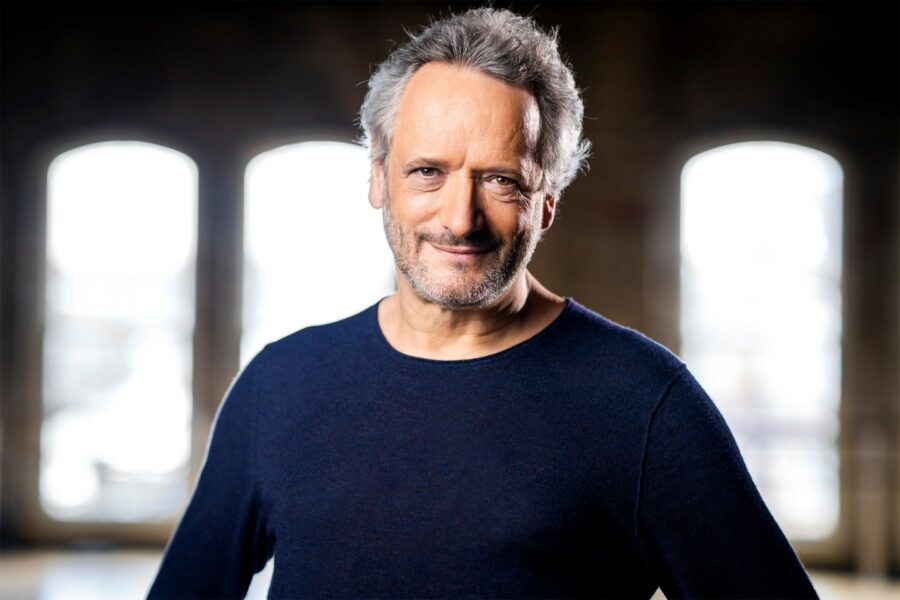
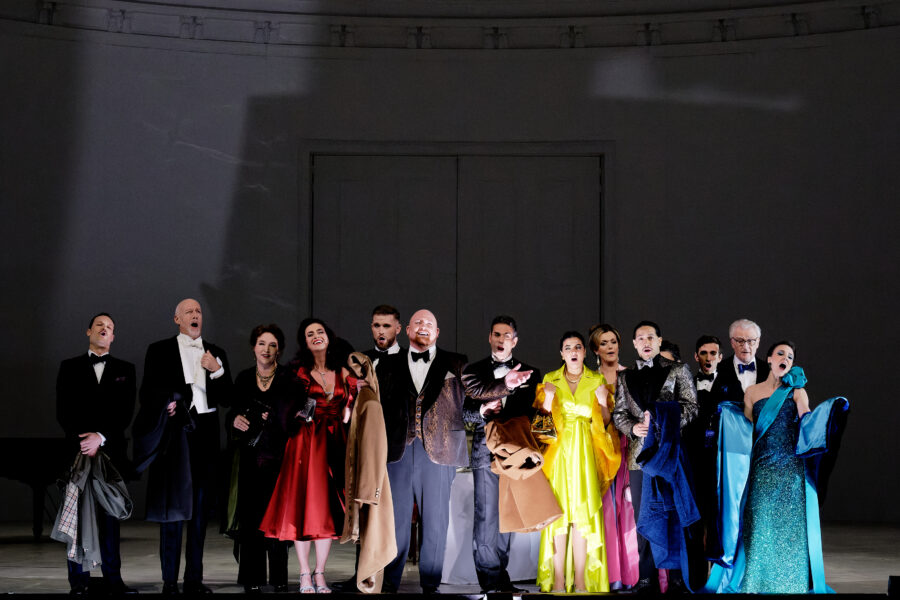
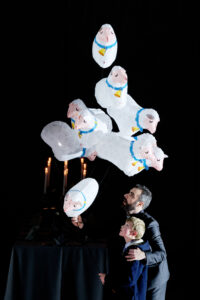
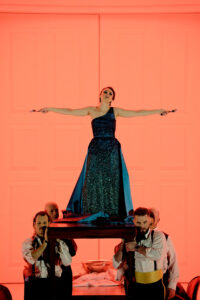
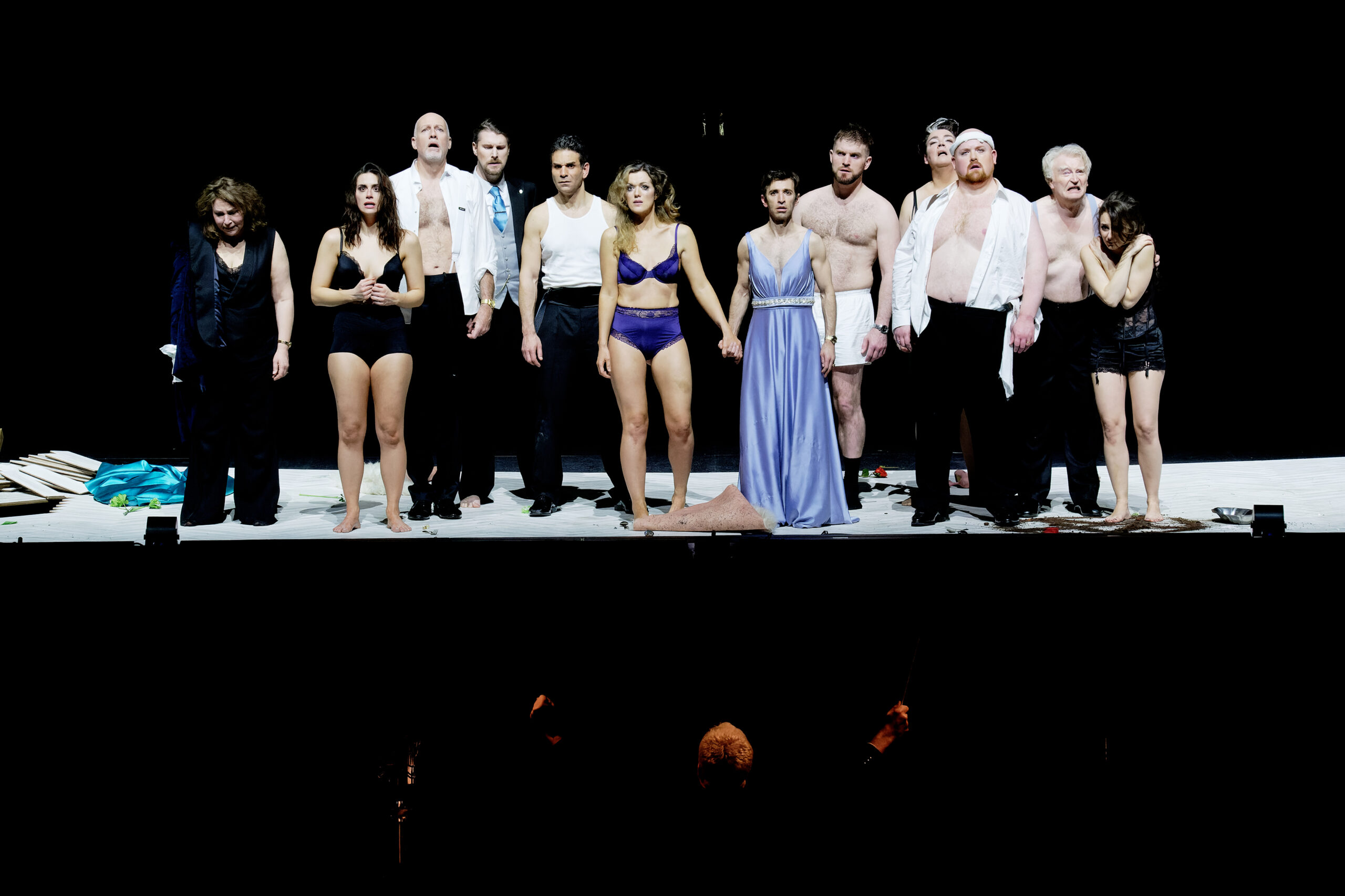
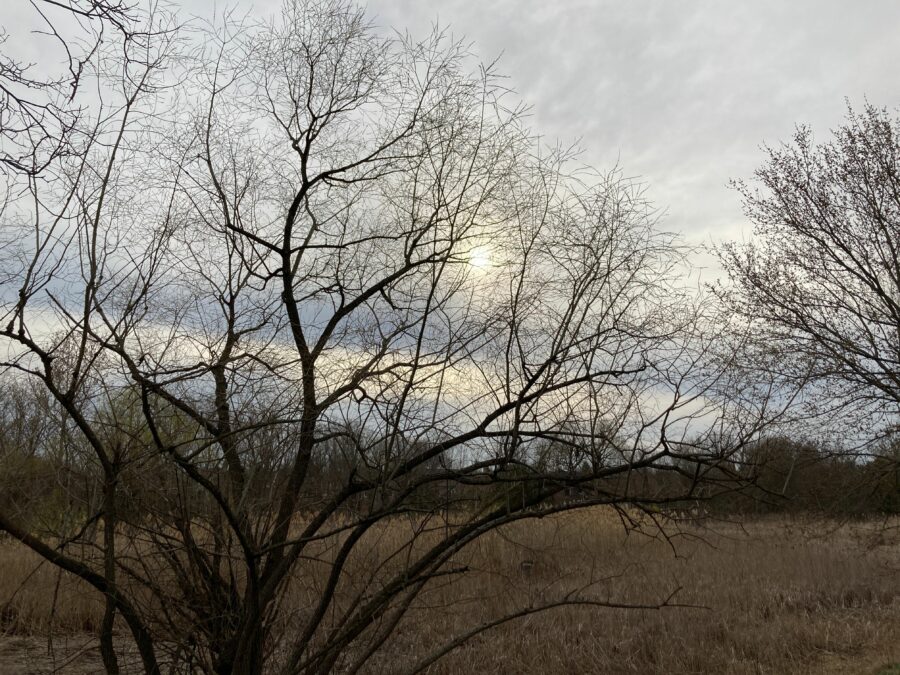
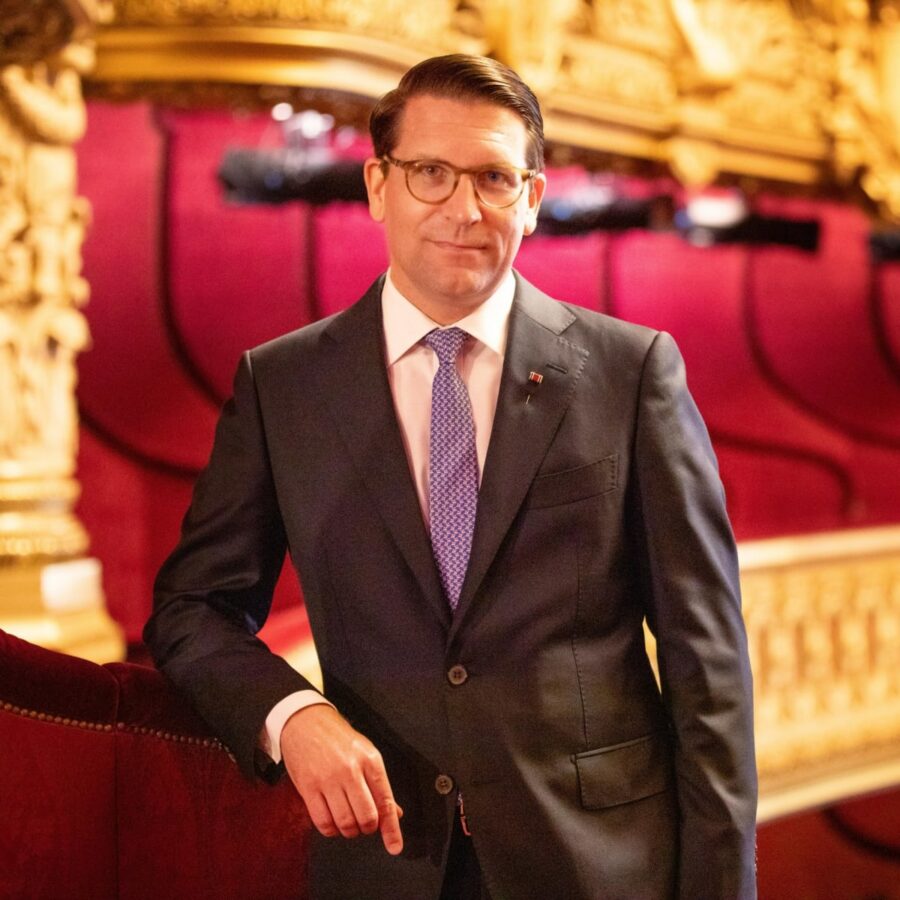
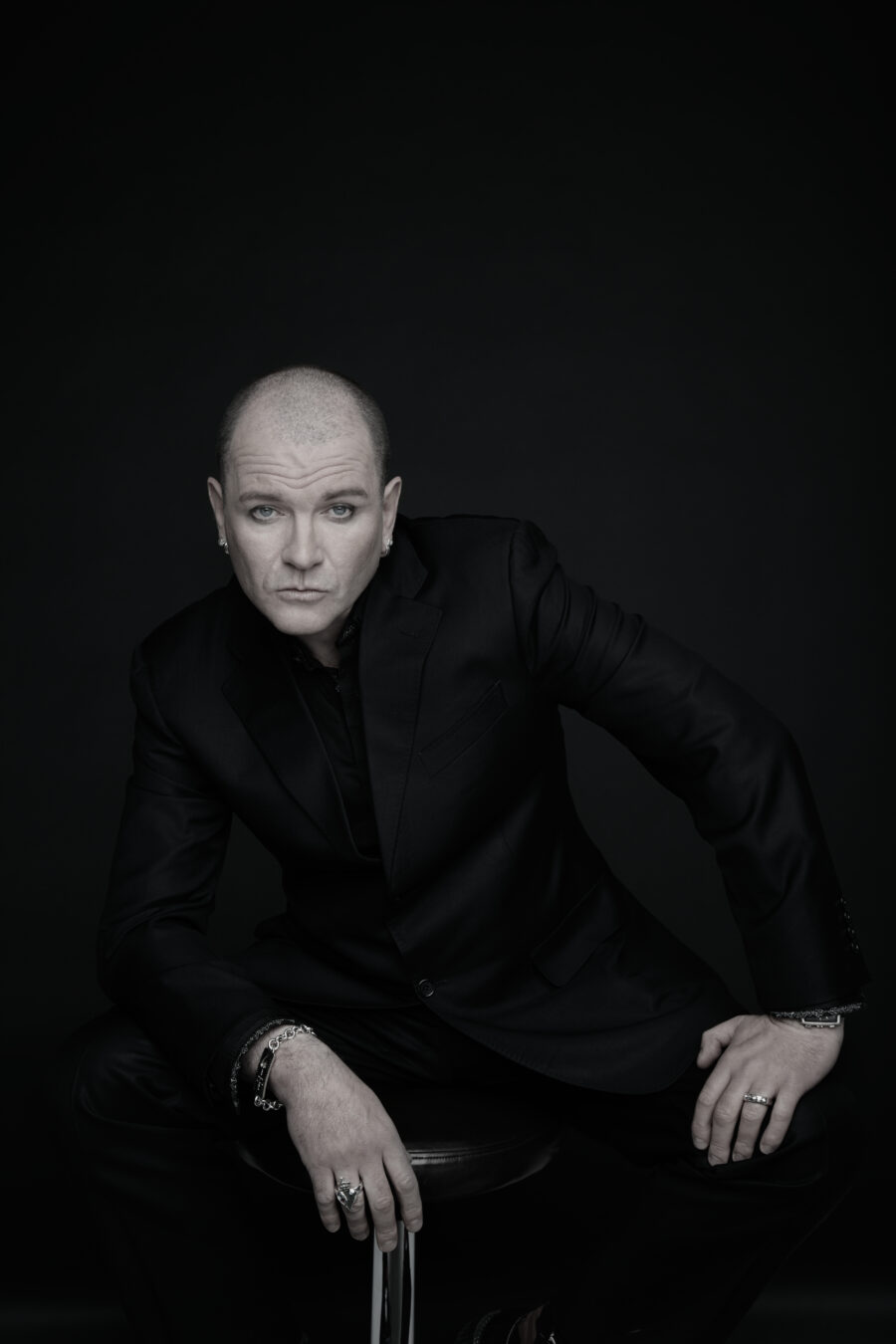
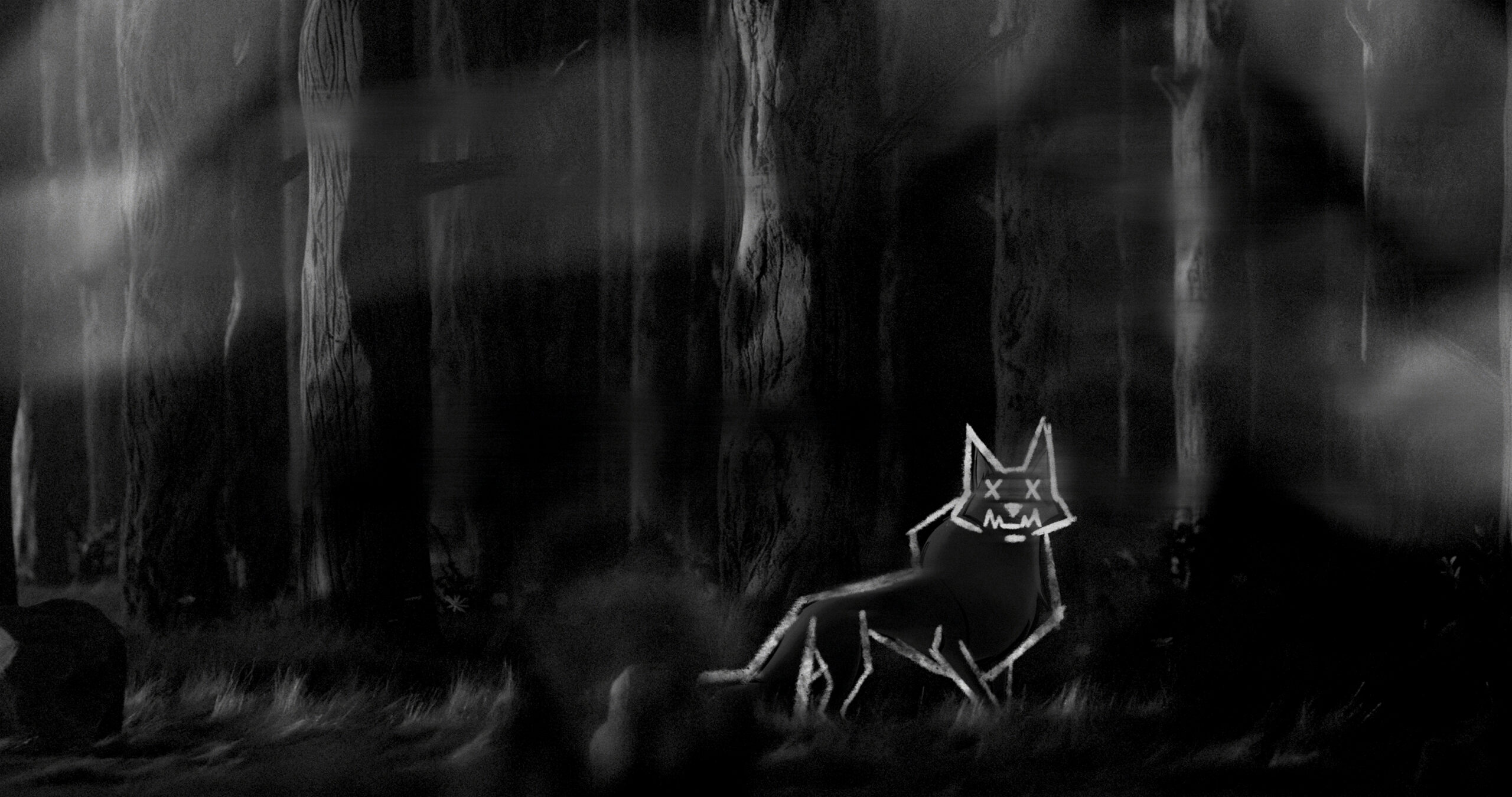
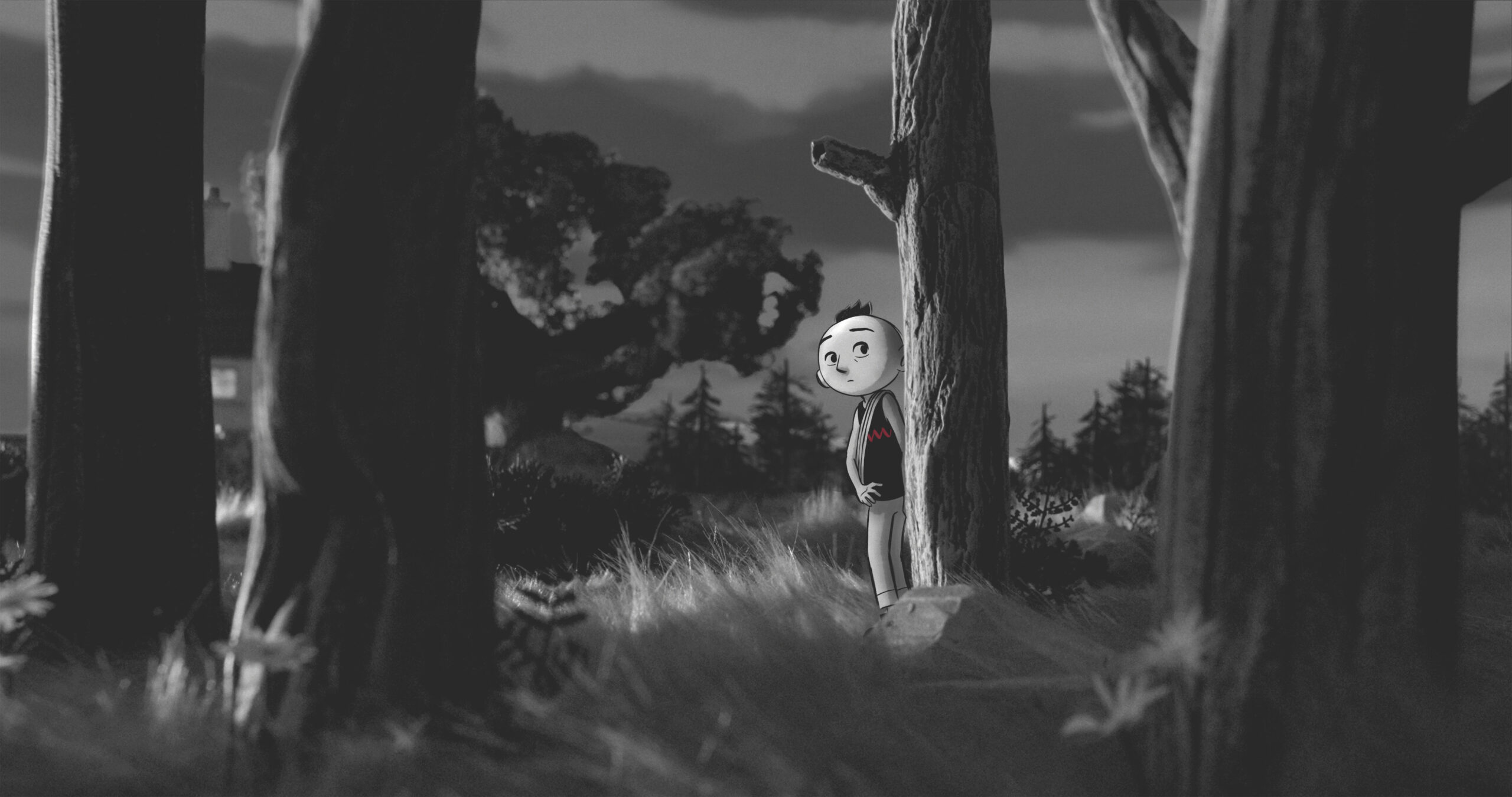
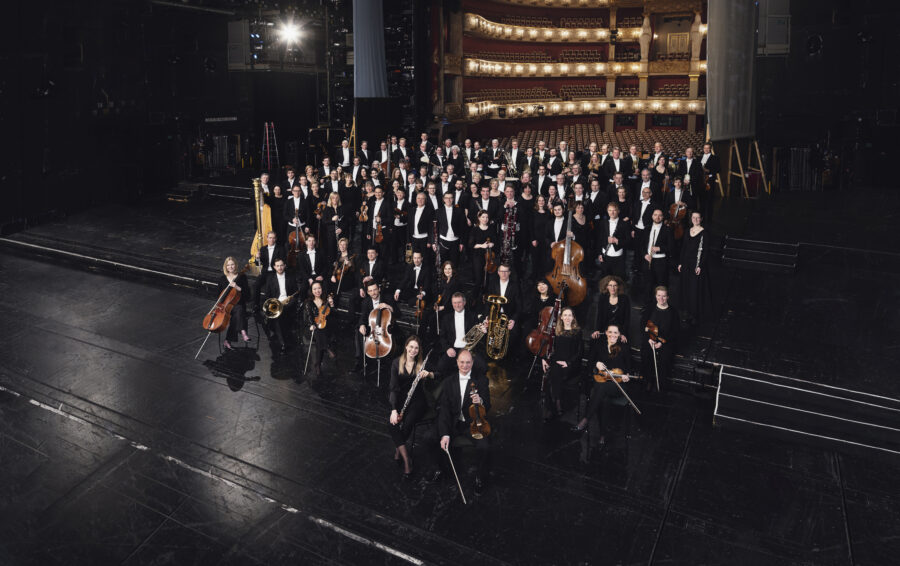
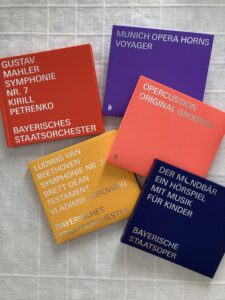
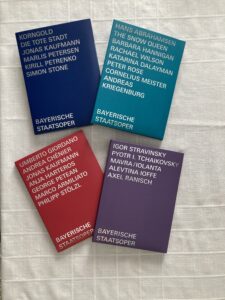
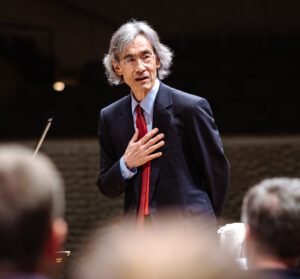
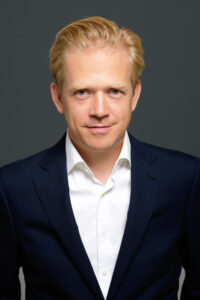
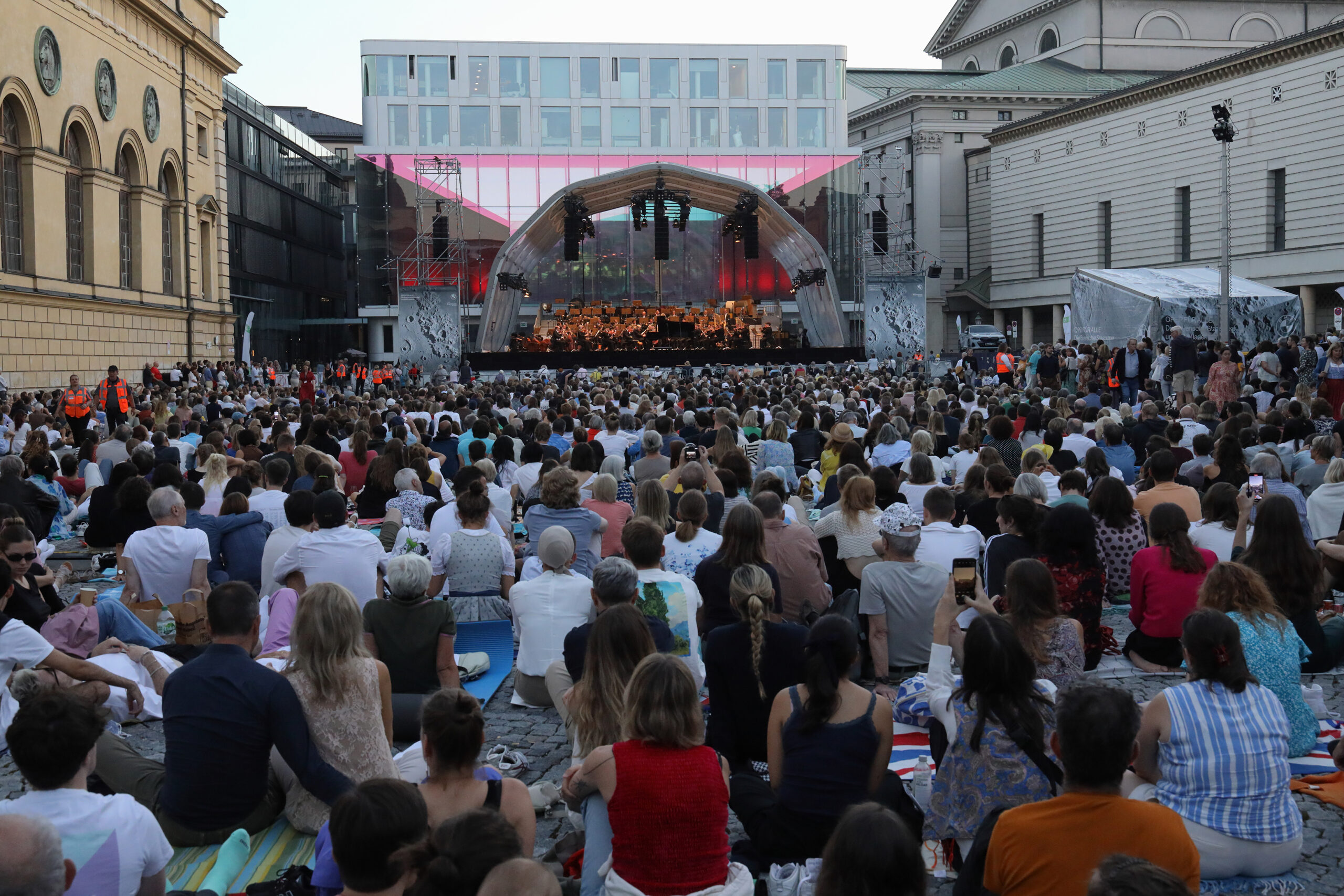
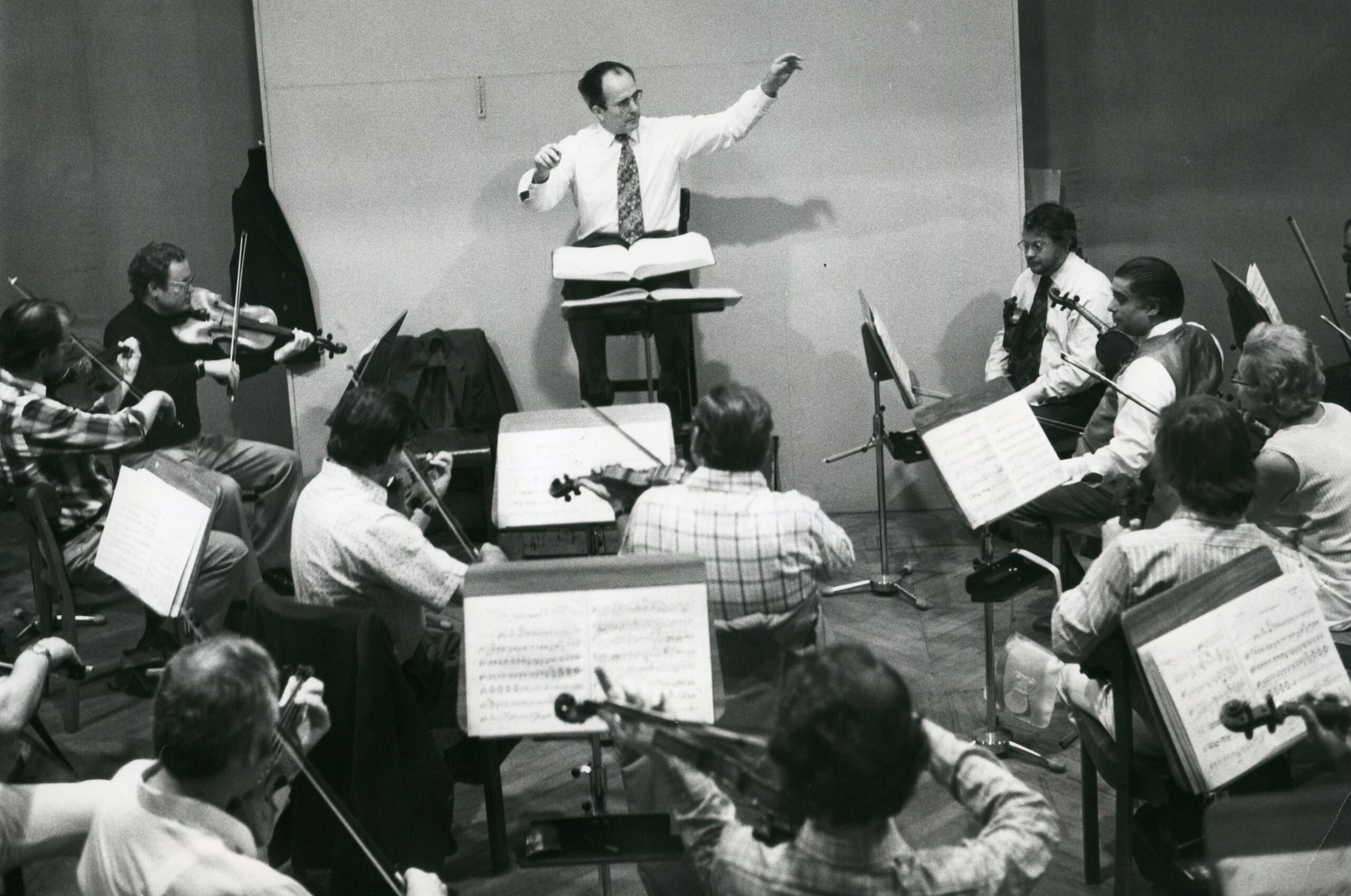
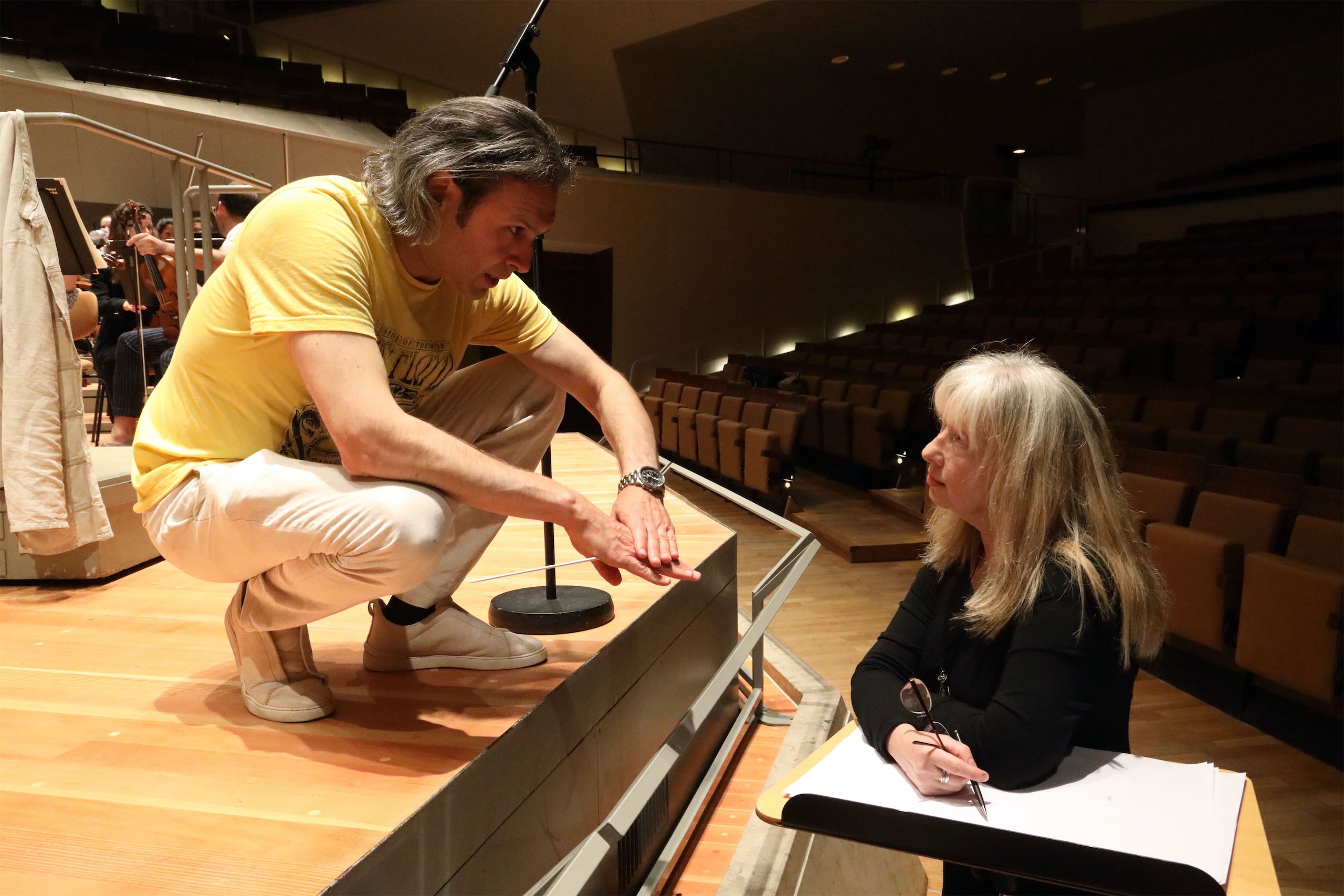
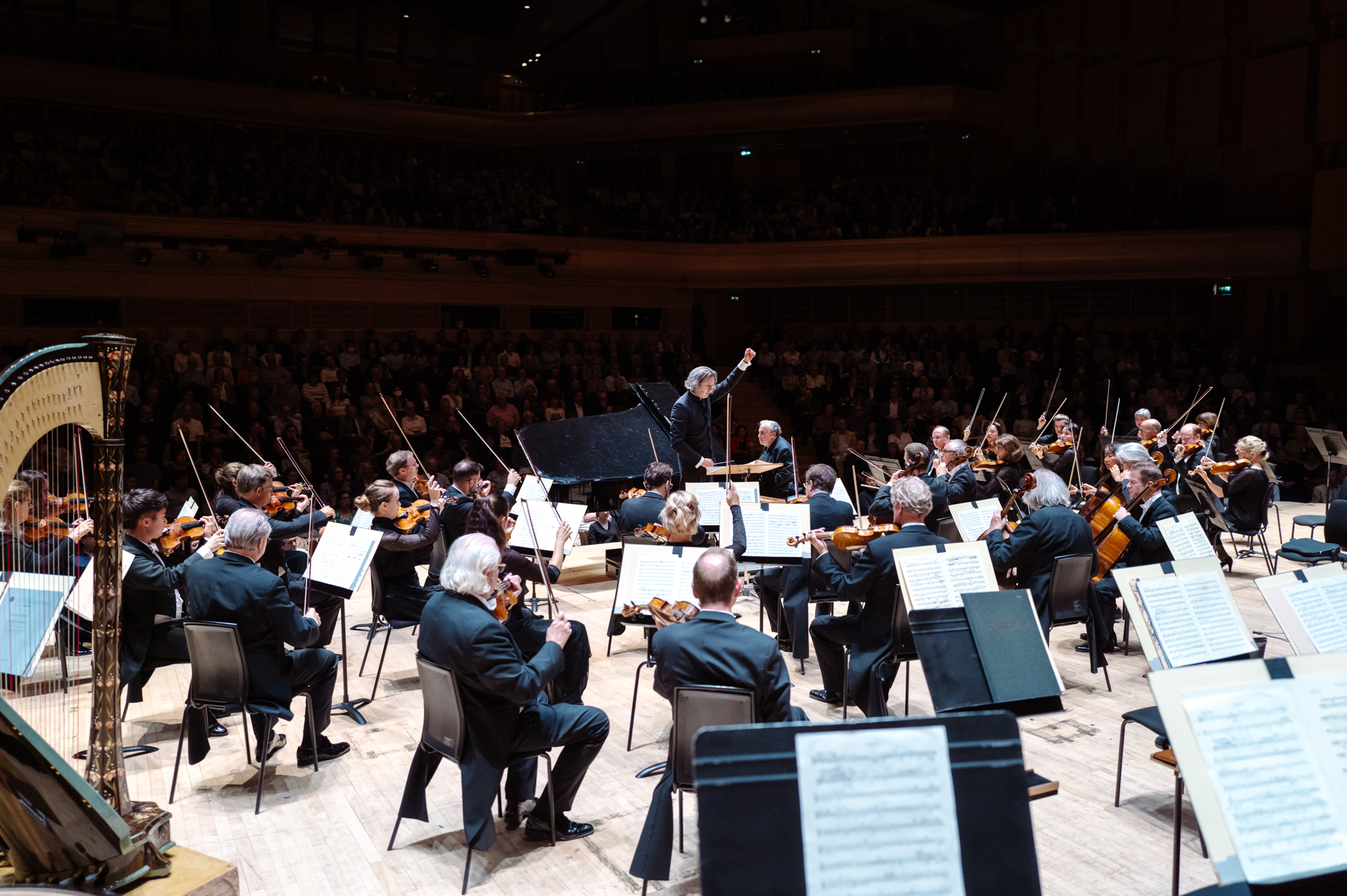

On Stravinsky’s Soldier: “We Have To Safeguard The Things That Matter In Life”
By Catherine Kustanczy
On July 15, 2018
In Canada, classical, Europe, festival, interviews, music
This year’s edition of the Toronto Summer Music Festival has a distinctly Russian flavour.
The festival (initially founded as the the Silver Creek Music Foundation in 2004) opened this past week with a concert by the celebrated Escher Quartet, who performed a program of works which included string quartets by Shostakovich and Tchaikovsky, respectively. The following night, members of the quartet joined pianist Lukas Geniušas and TSMF Artistic Director (and Toronto Symphony Orchestra Concertmaster) Jonathan Crow for “Mother Russia“, a concert featuring the music of Rachmaninoff, Prokofiev, and Shostakovich. Moscow-born pianist Geniušas showed off his considerable technical abilities and a very expressive approach in the (piano-only) first half, his rendering of Rachmaninoff’s Preludes (Op. 32, No. 9-13) a gently modulated collection of lights and colours. Likewise, his work with members of the Escher Quartet, joined by Crow, showed off a considerable lyricism; altogether, the troupe provided a round, even sexy, approach to the jagged angularity of Shostakovich’s Piano Quintet in G minor, Op. 57.
Audiences can look forward to further concerts with Russian works, including a presentation of Stravinsky’s “L’Histoire du Soldat” on July 19th. Composed in 1918 when Stravinsky was facing tough times (including the recent death of his brother and serious financial shortfalls), the piece (“Histoire du soldat lue, jouée et dansée en deux parties” or (Story of the soldier to read, act and dance in two parts”, in full) was written with Charles-Ferdinand Ramuz, a French-Swiss writer who he’d met as a fellow ex-pat in Paris just before the First World War. The work retells the Faust myth using a litany of musical styles and folkoric elements inspired largely by the work of Russian writer Alexander Afanasyev, one of the most famous Russian folkorists of the 19th century, and a big fan of the Grimm brothers’ work as well. Originally intended as a touring work, “L’Histoire du Soldat” has been produced in a variety of styles and iterations, though most commonly with one narrator doing all the roles, with musical accompaniment. Isabel von Karajan (daughter of conductor Herbert von Karajan) performed the work with members of the Berlin Philharmonic to great acclaim in Salzburg in 2011, and then in Berlin in 2012; it’s also been presented with pantomime elements in 2013, recorded with Jean Cocteau and Peter Ustinov in 1962, and, rather poignantly, by Carole Bouquet, Gerard Depardieu, and (deceased) son Guillaume, in the mid 1990s in Paris at the Théâtre des Champs Elysées. Stravinsky may have written “Soldat” out of basic financial necessity, but the work has proven to be a wonderfully enduring piece of music theatre, one that showcases his changeability and elasticity as a octopus-like composer with a multitude of legs moving easily between sometimes wildly varying eras, styles, sounds, and artistic movements.
Canadian music artist Alaina Viau is bringing a new production of the work to the Toronto Summer Music Festival this coming week, featuring dynamic Canadian talent including theatre artist Derek Boyes and choreographer Jennifer Nichols. In her day job, Viau is Assistant Production Manager at the Toronto Symphony Orchestra, but she’s also the founder and Artistic Director of sparky independent company Loose Tea Music Theatre, which specializes in presenting creatively-staged opera in and around the Toronto area. Viau has worked regularly with a variety of artists in various disciplines (including dance music, cinema, and visual art) to present re-imagined productions of opera chestnuts like Bizet’s Carmen and Gounod’s Faust.
The latter is especially relevant to Viau’s work with “L’histoire du Soldat”, but so is her interest in and commitment to social justice issues, especially as they pertain to contemporary presentation within the operatic form. I recently spoke with Viau about why this piece is so timely (and perhaps timeless), her decision in casting the lead role with a woman, and how her work as director of production for the TSMF presentation of Messiaen’s “Quartet for the End of Time” contrasts and complements that with Stravinsky.
Alaina Viau (Photo courtesy Toronto Summer Music Festival)
What’s it like to stage “Soldat” for the first time?
Exciting! I’ve known this piece for a long time and I’m what you’d call a Stravinsky nut! I have a lot of literature on Stravinsky and bought a special edition of Rite of Spring when it came out years ago; I have new book on him, and all his letters and things like that.
How did you come to direct this?
I’d only ever heard it in the way most people hear it, with one person narrating all the roles, and then the ensemble around them. Jonathan Crow and I started talking about this project two years ago — I work for the TSO as well, and the TSO Chamber Soloists (of which Crow is a member) were doing a series of performances of this piece; it was done at Roy Thomson Hall and the Art Gallery of Ontario and at the Hearn (Generating Station), and at that time, it was just with Derek Boyes and the ensemble. It was then that Jonathan and I got talking about how we’ve never seen it fully staged, and what a shame that was, because it was originally written for a touring performance with actors and a set and such, so we said, “Hey we need to see this!”
So TSMF audiences will see a full type of production?
Yes. We have Derek, who is doing the roles of the narrator and the devil — because he does such a great job with the devil! – and we have a dancer/choreographer, Jennifer Nichols. We also decided to cast the role of the soldier as a woman — traditionally it’s a man, but… it’s an all-male show, and Jonathan and I were like, “That’s kind of shitty!” We don’t change the relationships with the fiancee or the princess — it’s any relationship, really. We didn’t feel we needed to harp on that fact; it’s a relationship that exists. I wish I didn’t even have to say that, really. The idea came through conversations on gender parity. There’s a lot of men in the show, and a lot of men in the ensemble, and we were like, “That’s a lot of men on stage! It isn’t fair; I think we can fix this.”
How much were you influenced by what you’d seen and experienced as a Stravinsky fan?
I don’t believe I’ve taken any influences in doing this. I’m sure there are some references to some of the research I’ve done, but what I’ve seen (of Soldat) I haven’t really liked. So that is a thing: I have decided not to do some things. That is an influence of sorts! I knew what I didn’t want. That is sometimes just as strong, if not stronger, than seeing things I do like, so I was able to really think, “Well I want to make this fun, engaging, with great music, and a great story” — it’s a warning story.
… although it can be presented as drily didactic as well. I would imagine as a theatre practitioner you have to be careful not to wave a finger at your audience. “Fun” and “engaging” are the words I’d use to describe what Loose Tea does.
Well it is my style, and my question is always, “Why tell this story now? Why does it matter right now?”
So why “Soldat” now?
It’s a story of being too greedy, of consuming too much, of not being appreciative of what you have. That’s something I think we can always relate back to stuff in the US and what could potentially happen in Canada: we need to be aware of what we have, and not be greedy. We have to safeguard the things that matter in life. What the soldier comes to learn is, in fact, the things that matter are things that money can’t necessarily buy, that there is greater value in having some sort of meaning in life. I think that’s a tale that is always worth telling.
It’s timeless and timely and really elastic, not solely in themes but in presentation possibilities.
Yes, and what I really like is that it’s not a happy ending — he gets the princess and then screws it up again. It’s that reminder that you have to be constantly working on that aspect of yourself.
It’s a wry comment on the nature of humanity also, the nature of which seems very Russian in nature.
That too. The question is, how do you tell this story to a Canadian audience, who may not have that understanding of Russian folklore? That folklore is quite brutal sometimes.
How does your work on “Quartet for the End of Time” complement what you’re doing with “Soldat”?
I get excited about it, really. What I’m particularly enjoying is that I did a Masters degree in music, and it’s really nice to geek out and go back to the score, do my research, do my score study — it really helps me come to important realizations.
For the Messiaen, all I’ve been doing for months is consuming a lot of research, which I love doing, and really trying to think about how Messiaen saw the piece. He had synesthesia, and we wanted to explore not just what he saw but what role this plays overall: why do we care about “Quartet for the End of Time”? Why do we care about the visual aspect of it? And how can we make it make sense to us? Because he was very religious, and in the context of the Toronto Summer Music Festival… religion is not a really strong (theme), it’s not the strongest point to bring out in this piece.
But it’s unmissable in the music.
Yes. Although he wrote it with religion in mind, something that really inspired him, and what I think may inspire many people, is a commonality of hope of this piece.
That sense of hope contrasts with the ending of “Soldat”quite strongly.
It is what got him through his internment in the camp; he couldn’t escape physically, and the more difficult things became physically, the more he escaped into his brain. You hear it in this Quartet — because he did have a strong sense of hope and of things working out, even in an internment camp.
Vision over visibility.
Yes, it’s a good fit with the festival.